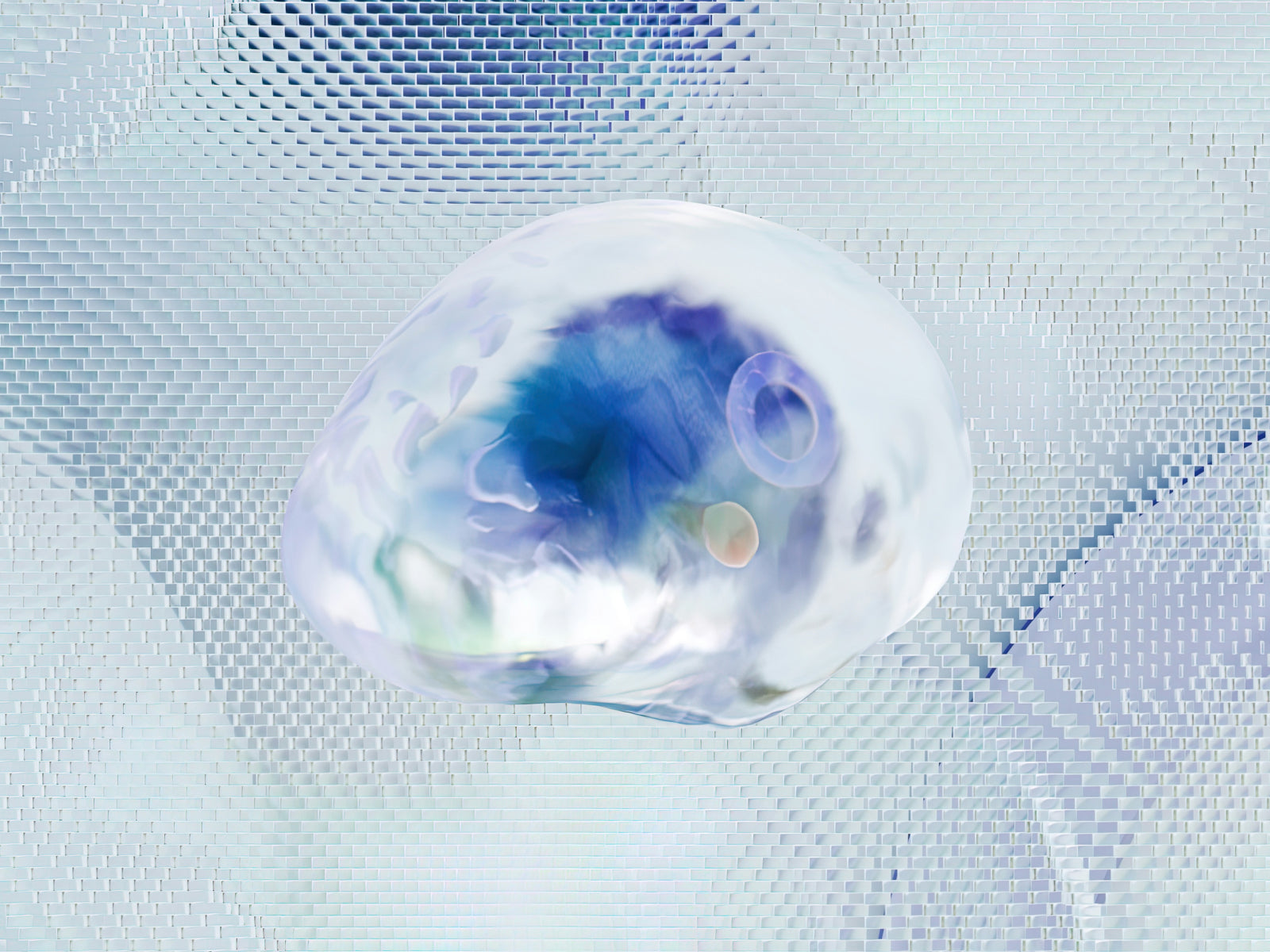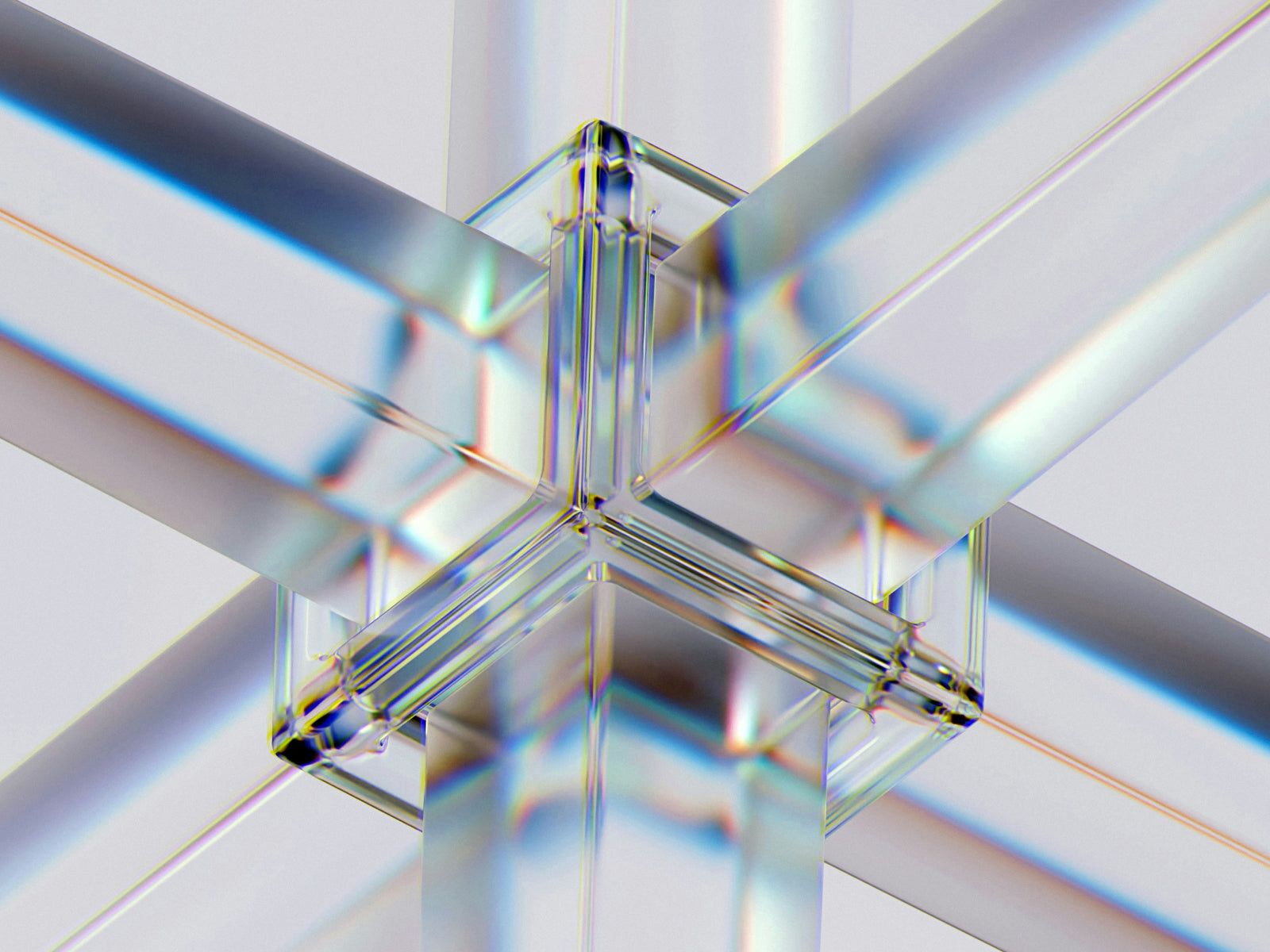Ever felt confused by all the skincare patches in stores? You're not alone. These small adhesives claim to fix many skin problems, from acne to wrinkles. But there's a catch - not all patches work the same way. Hydrocolloid and microneedle patches are two main types, each with its own method. Picking the right one matters a lot. It can mean the difference between better skin or wasted money.
What You Need to Know About Hydrocolloid Patches

Hydrocolloid patches are small, adhesive bandages designed for skin care. These innovative patches contain gel-forming agents like pectin, gelatin, or sodium carboxymethylcellulose. When applied to the skin, they create a moist, protective environment that promotes healing.
How Do Hydrocolloid Patches Work?
Hydrocolloid patches act as a protective barrier over a troubled area of skin. They seal off the affected area from outside contaminants and absorb excess fluid from the wound or blemish. As the patch absorbs fluid, it turns white or cloudy. This process helps to dry out pimples and protect healing skin. The moist environment created by the patch can speed up the natural healing process of the skin.
Benefits and Drawbacks
Hydrocolloid patches offer several advantages. They're effective for drawing out fluids from pimples and protect the skin from further irritation. These patches also prevent picking or touching the affected area, and they're often transparent, making them discreet to wear.
However, they do have some limitations. Hydrocolloid patches may not be suitable for deep, cystic acne and can be ineffective on dry or already-popped pimples. Some users may experience skin irritation, and regular use can become costly.
Application of Hydrocolloid Patches
Hydrocolloid patches are particularly effective for treating inflammatory acne, especially whiteheads. They're great for protecting popped pimples from bacteria and managing small wounds or blisters. If you need to reduce the appearance of a pimple quickly, like before a special event, these patches can be very helpful.
For best results, apply the patch to clean, dry skin at the first sign of a pimple. Leave it on for several hours or overnight. Remember, while these patches can work wonders for surface-level blemishes, they're not a cure-all for all types of acne or skin conditions.

Everything You Should Know About Microneedle Patches
Microneedle patches are innovative skincare tools that combine tiny needles with active ingredients. These patches feature an array of microscopic needles made from materials like hyaluronic acid or dissolving polymers. The needles are so small that they're barely visible to the naked eye and cause minimal discomfort when applied to the skin.
How Do Microneedle Patches Work?
Microneedle patches work by creating microscopic channels in the outermost layer of your skin. When you apply the patch, the tiny needles penetrate the skin's surface, allowing for deeper delivery of active ingredients. As the needles dissolve, they release their payload of beneficial substances directly into the skin.
This method of delivery bypasses the skin's natural barrier, enabling ingredients that normally can't penetrate the skin to be absorbed more effectively. The micro-injuries caused by the needles also stimulate the skin's natural healing process, which can boost collagen production and improve overall skin texture.
Advantages and Potential Drawbacks
Microneedle patches offer several benefits for skincare. They provide a painless way to deliver active ingredients deep into the skin, potentially increasing the effectiveness of treatments. These patches can be particularly useful for targeting specific skin concerns like acne scars, fine lines,or dark spots.
However, microneedle patches may not be suitable for everyone. People with very sensitive skin or certain skin conditions might experience irritation. The patches can also be more expensive than other types of skincare treatments. It's important to follow instructions carefully to avoid any risk of infection or skin damage.
Application of Microneedle Patches
Microneedle patches are versatile tools in skincare. They're often used for anti-aging treatments, helping to reduce the appearance of fine lines and wrinkles. These patches can also be effective for addressing hyperpigmentation, acne scars, and uneven skin texture.
For best results, apply microneedle patches to clean, dry skin. Most patches are designed to be worn for a short period, typically 2 hours or overnight, depending on the product. It's important to start slowly, especially if you have sensitive skin, and to avoid overuse.

Hydrocolloid vs Microneedle Patches: Which One Is Right for You?
Choosing between hydrocolloid and microneedle patches can be tricky. Each type has its own strengths and is suited for different skin concerns.
Effectiveness for Common Skin Problems
Hydrocolloid patches work best on surface-level acne, especially whiteheads. They quickly absorb oil and pus, reducing inflammation.
Microneedle patches address a wider range of issues. They're great for fine lines, wrinkles, dark spots, and acne scars. They deliver active ingredients deep into the skin, improving overall texture.
For quick results on active breakouts, choose hydrocolloid. For long-term skin health, microneedle patches might be better.
Suitability for Different Skin Types
Hydrocolloid patches work well for most skin types. They're especially good for oily and acne-prone skin. Even sensitive skin usually tolerates them well.
Microneedle patches are great for normal, combination, and aging skin. However, if you have very sensitive skin or conditions like eczema, check with a dermatologist first.
Frequency and Duration of Use
Use hydrocolloid patches for short-term treatment. Apply them when you see a pimple forming and leave on for a few hours or overnight. You can use them daily during breakouts, but give your skin breaks.
Use microneedle patches less often, typically once or twice a week. Wear them for a few hours or overnight, following the product instructions.
Cost and Availability
Hydrocolloid patches are usually cheaper and easy to find in drugstores and supermarkets. They often come in multi-packs, giving you good value.
Microneedle patches cost more due to their advanced technology. You'll usually find them in beauty stores or online. While pricier, some users find them worth it for addressing multiple skin issues.
The best patch for you balances effectiveness, suitability for your skin type, ease of use, and your budget. Don't hesitate to experiment (cautiously) to find your perfect match!

Choose Your Ideal Skincare Patch Today
For skincare patches, there's no one-size-fits-all solution. Hydrocolloid patches excel at treating surface-level acne quickly, while microneedle patches offer deeper, long-term benefits for various skin concerns. Your choice depends on your specific skin needs, sensitivity, and budget. Hydrocolloid patches are generally more affordable and widely available, perfect for quick acne fixes. Microneedle patches, though pricier, can address multiple skin issues like fine lines and scars. Remember to always follow usage instructions carefully. By understanding these differences, you can make an informed decision and find the right patch to enhance your skincare routine.







Leave a comment
All comments are moderated before being published.
This site is protected by hCaptcha and the hCaptcha Privacy Policy and Terms of Service apply.